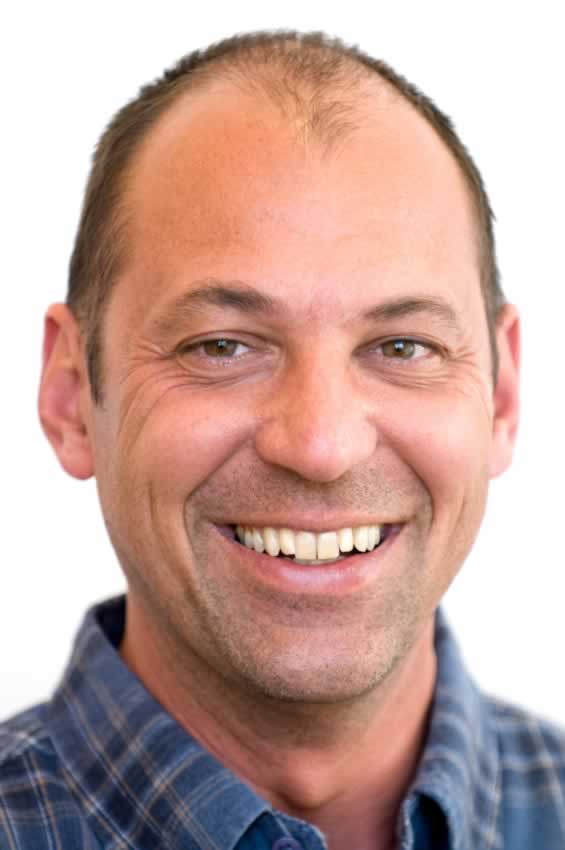[embedyt]//www.youtube.com/embed/a5IO5X8Ur9Y[/embedyt]
Jan 28, 2018. How do hormones affect acne? Hormones have a major role in the development of acne, and although the exact mechanism behind their powerful influence is unknown, we do know that androgen hormones gum up the follicle by triggering oil (sebum) production. Androgens are the so called “male.
Over time, your hair follicles can become damaged due to age, over-styling, blow drying or environmental causes. This can lead to breakage, hair loss and.
Mar 13, 2012. Androgens, the male hormones present in both men and women, can contribute to acne flares by overstimulating the oil glands and altering the development of skin cells that line hair follicles in the skin. The majority of women with acne have normal androgen levels, but hormonal testing is recommended.
The Ultimate Hormonal Acne Treatment Plan – Paleo for Women – Jul 16, 2015. Here is the hormonal acne treatment plan that I used to personally overcome my own hormonal acne, and which I use today to cure my clients all over the globe.
Sep 2, 2016. Acne vulgaris affects ~80% of adolescents and young adults aged 11–30 years. The majority of affected individuals remit before the third decade of age, leaving the rest with an unpredictable course throughout their lives.1 The principal hallmarks of acne include follicular hyperproliferation and plugging,
Acne is caused by the overproduction of sebum, an oily substance secreted by the sebaceous glands in the skin. Excess oil makes the skin pores sticky,
But it may appear for the first time, or worsen, at the start of menopause. Acne begins in hair follicles – little pits in the skin, each containing a hair. Glands at the bottom of the follicle make an oily substance called sebum. The sebum.
A type of skin bacteria, called Propionibacterium acnes, then grows rapidly in the clogged hair follicle. The bacteria produce irritating substances that cause inflammation, resulting in pimples, cysts and nodules. Stress and lack of.
Sep 11, 2017. The follicles also secrete sebum, an oil that acts as the skin's natural “moisturizer. Acne begins when hair follicles become clogged with excess sebum, dead skin cells and/or bacteria. Bumps. Women are more likely than men to suffer from acne, as are people with a family history of the condition.
Acne begins when hair follicles become clogged with excess sebum, dead skin cells and/or bacteria. Women are more likely than men to suffer from acne,
Profiling and Hormonal Therapy for Acne in Women – NCBI – NIH – [13] On the basis of these findings, anti-androgenic hormonal therapy has been examined as a possible treatment of acne in women. Androgens are C-19 steroids (containing 19 carbons) derived from adrenal cortex and ovaries in females.[14] Zona reticularis in adrenal cortex and theca lutein cells in mature follicle in.
Acne is a chronic inflammatory skin condition, characterized by blackheads and whiteheads (called comedones), pimples, and deeper lumps (cysts or nodules). They are caused when hair follicles are clogged with oil, bacteria and dead skins.
Acne (acne vulgaris) disease is mostly observed in teenagers both male and female which comes under the category of. is abundant sebaceous gland as it is a disorder of sebaceous follicles and such type of pilosebaceous units are.
How To Relieve Acne Pain We’ve all been there: After hours of Internet research on the most effective acne treatments or anti-aging creams and. If you’re experiencing irritation such as. Acne Doesn’t Have To Be Persistent. Try This Powerful 2-in-1 Treatment Today. skin care – Whether you want to finally find the solution to acne or learn how Christine Brinkley
acne foods diet vitamins herbs supplement alternative cure
This combo can lead to folliculitis, which may look like traditional acne brought on by oil but is usually an issue caused by infected hair follicles. Treat it: Wash daily with a benzoyl peroxide cleanser (try Clean & Clear Continuous Control.
Acne is a common skin condition most prevalent in adolescents, affecting approximately 80% of people at some stage between the ages 11 to 30 years. 1, 2, 3 In a.
